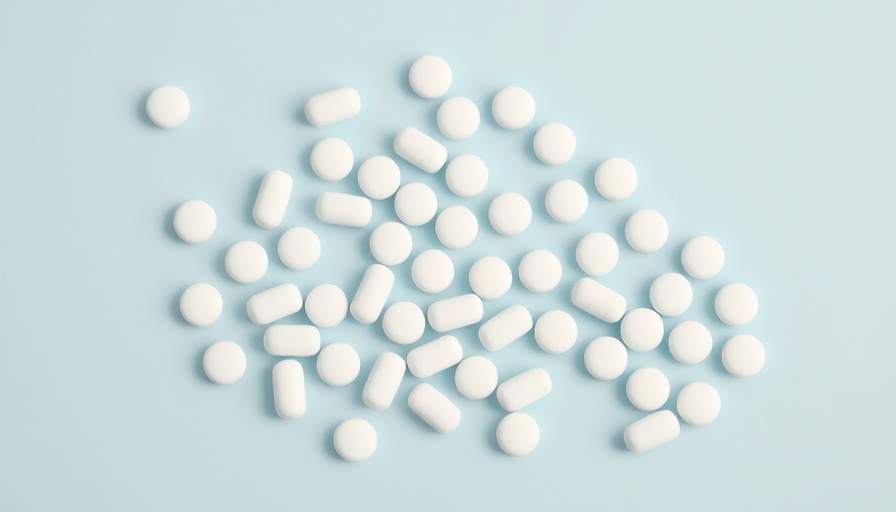
The Alarming Reality of Antibiotic Resistance in Animal Agriculture
Antibiotic resistance is a growing concern that poses a significant threat to human health. Each year, animal agriculture in the United States uses about 20 million pounds of medically important antibiotics to keep livestock alive in overcrowded and unsanitary conditions. What’s shocking is that 97% of the antibiotics given to these animals can be purchased without a doctor’s prescription, making this practice prevalent and troubling.
Can Cultivated Meat Solve This Issue?
Imagine a world where meat is grown in labs, eliminating the need for raising and slaughtering animals. Cultivating muscle tissue directly from cells could reduce the risk of foodborne illnesses often associated with traditional meat production. Furthermore, this method could significantly limit the pathways through which antibiotic-resistant bacteria spread, leading to healthier food options.
A Ripple Effect of Contamination
Antibiotic-resistant bacteria can spread beyond just the meat on our plates. They can travel through the air, water, or even insects. This means that even non-meat eaters can face risks from these harmful pathogens released by livestock raised with antibiotics. To combat this serious issue, the American Public Health Association has called for a moratorium on factory farms, highlighting the environmental and health implications of concentrated animal feed operations (CAFOs) on nearby communities.
Taking Charge of Our Food Supply
Switching to cultivated meat not only enhances food safety by removing contaminants but also addresses pressing health issues linked to antibiotic misuse. This shift could reduce our dependence on antibiotics and ultimately foster a safer food supply chain, crucial for protecting public health.
Why This Matters to You
Understanding antibiotic resistance and the benefits of cultivated meat can empower us as consumers to make informed choices. It highlights the significance of supporting advancements in food technology that prioritize health and sustainability. By advocating for a change in how our food is produced, we can contribute to a healthier planet and community.
 Add Row
Add Row  Add
Add 




Write A Comment